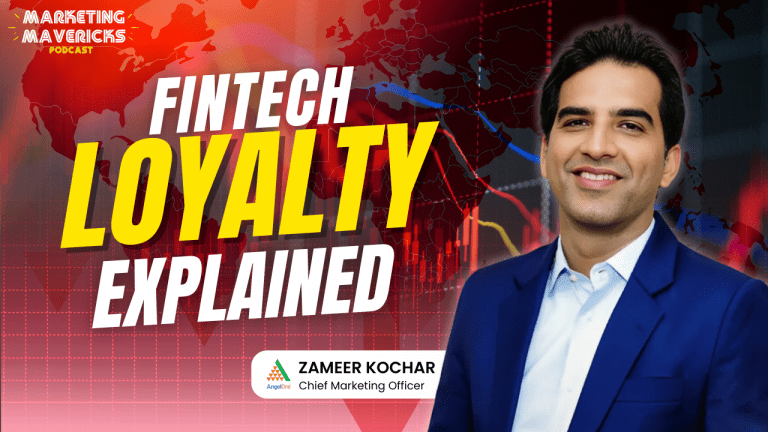Ask a designer what their job is and what you’ll hear is probably going to be: To deliver designs that resonate best with customers or users to drive business. This overlap between your job and a designer’s job means that we all want the same thing. You’ll never get a corporate-wide deal without a good graphic designer being your advocate. They help make sense of your offering at first sight.
Tactical advice on how to work effectively with designers
1. Trust their expertise
Cultivate a work environment that credits designers, freelance or full-time, for the value they bring to the table. Creative work is different from cerebral work. Of course discussing timelines, goals, and expectations are baselines, but it may come as a surprise the time high-quality creative work demands. It is a product of focus and flow while you de-risk decisions with briefs and qualitative research. Assuming you hired well, differences in opinions are a matter of style, taste, and preferences. It’s going to take a good deal of misses before what seems simple, obvious, and aligned emerges. Doesn’t all good work involve ergonomics, maturity, documentation, feedback, support, and trust?
2. Lead with mutual empathy
A good leader clarifies context by first defining problems, goals, and constraints. Leading your design team needs a mixed approach. Intelligence with intuition, skill with agility, right and left brain work that you call in to order and alignment. And in the uberized talent economy, organizational leadership calls for the ability to turn fear into trust, transactions into connections, and commodified skill sets into a well-designed reputation system that works for both employers and independents.
3. Involve designers early
Your thoughts are better communicated when you involve designers early. To truly innovate and lead category-definers in a heavily niched market, you will find inspiration from non-traditional sources. Reasons why adopting designers in the early developmental process of a project, idea, or product can save time, effort, and money:
- Designers inform conversations and interactions with the salient voice of the user
- Designers drive innovative thinking with visual storytelling, prototypes, storyboards, and creative brainstorming
- Designers in turn develop clear context and a sharper intuition for high-quality deliverables, faster
So the next time you’re eager to rush a project top-down, invite your designer. You’ll have gained a skillful orchestrator, a user advocate, and a compelling storyteller.
4. Prioritize north stars
A north star is a reflection of your ideal future offering. The proverbial guiding light helps you put together the end game before it plays out. As the complexity of your business problem increases, even the smallest of north stars become important to implement formal vision work with enough time and fidelity while roping in stakeholders with clarity in the long term. This helps avoid Frankenstein patchwork, crafts roll-outs that are meaningfully incremental, and follow through with cross-functional metrics that count and prioritize between what’s urgent and what’s important.
5. Spell out shared goals
Here’s an exercise for you and your design team. It’ll only take a minute. You’ll need to whiteboard. Get your designers to list out their goals. And you list out your business goals. In all likelihood, all design goals are subsets of your business goals. The need for design goals like consistency, usability, and delight are all crucial to business goals like product-market-fit, conversion, and business loyalty. Spend a few minutes weekly re-connecting on common ground. Talk about how each OKR relates to and plays off the other.
Design and business cannot exist in silos. While different approaches can cause friction due to the lack of functional familiarity, embracing them can make great things happen. The Avengers did not become one of the highest-grossing movie franchises without joining forces. Better products, services, or experiences are best built with thoughtful collaboration which either directly or indirectly whips up value to your bottom line.






